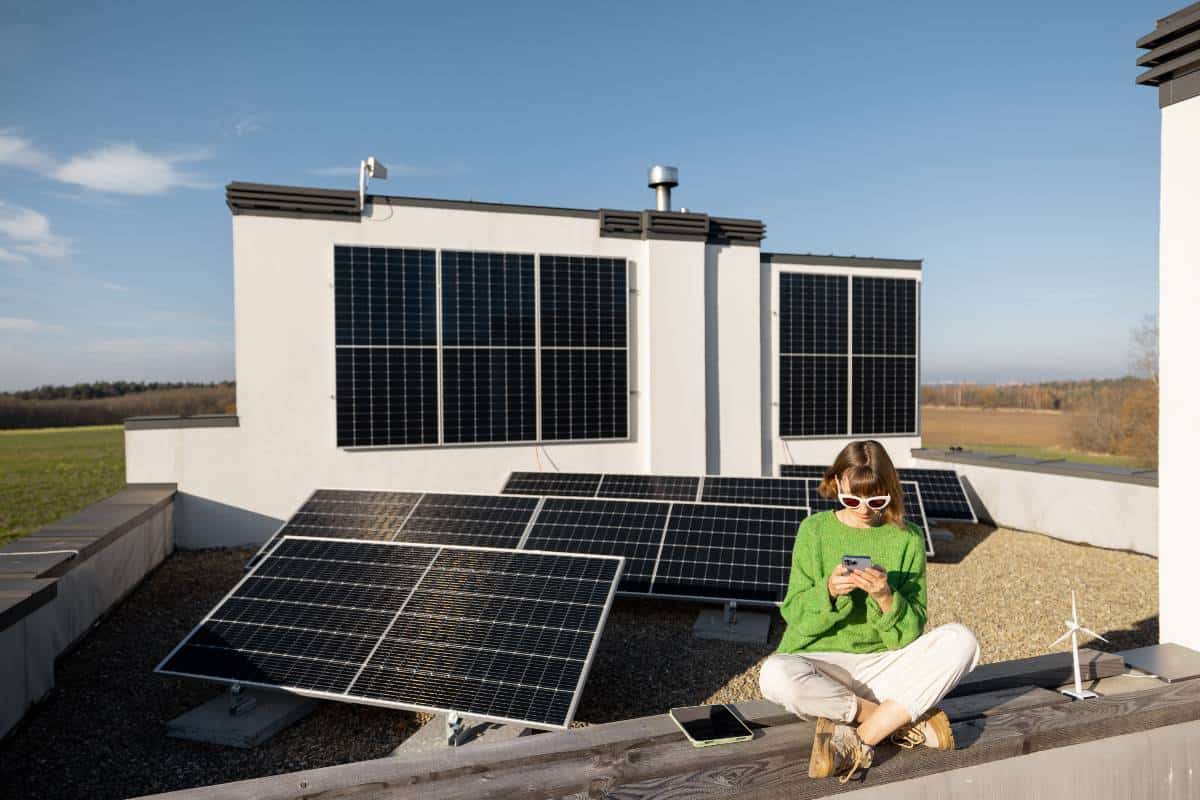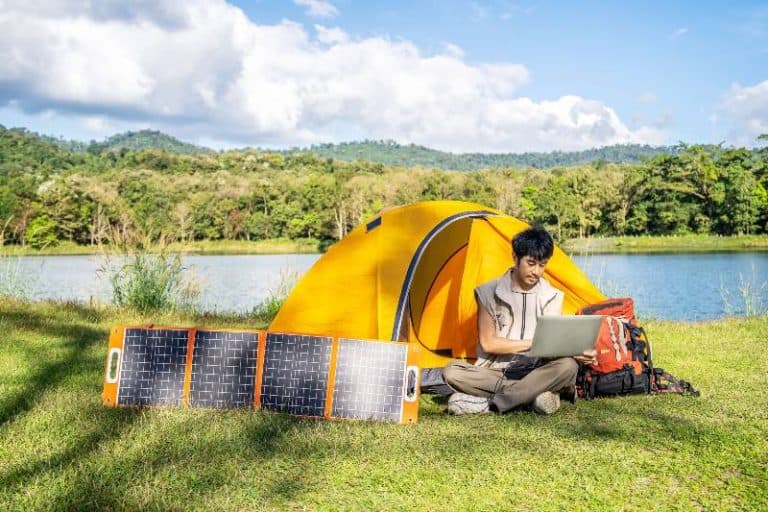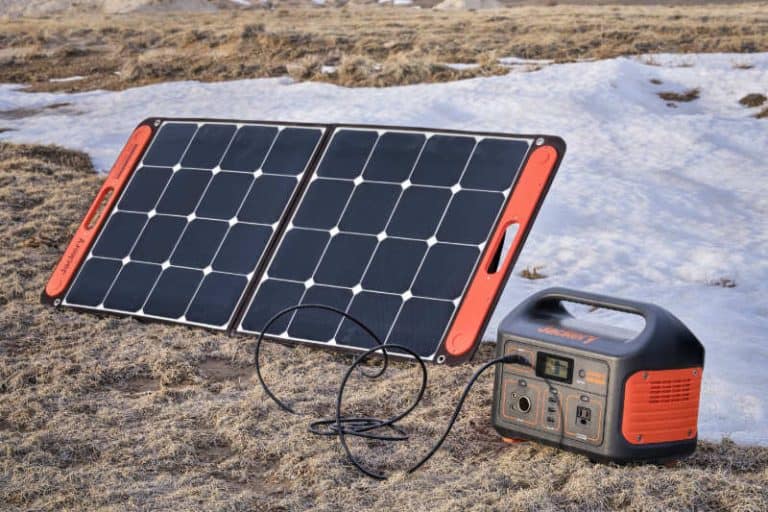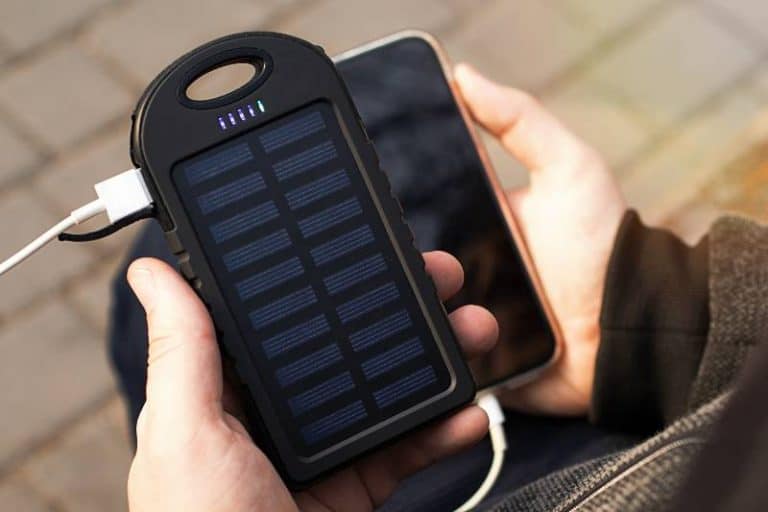What Are Off-grid Solar Panels And Solar Systems?
Hey there! I’m Tom Kitti, founder of Electrik Living. Here at EL, our mission is empowering sustainable living to build a brighter future, one e-bike/solar panel/electric scooter at a time!
And today, we’re talking off-grid solar power. Going off-the-grid with DIY solar panels can be super exciting – being energy-independent feels flat-out awesome. But it also takes planning and know-how so your off-grid solar power system meets your needs reliably and cost-effectively for years of 100% green power.
Key Takeaways:
- Auditing your energy use and determining your solar power needs are vital first steps when going off-grid
- Carefully compare component options like solar panels, batteries, and inverters when designing your custom system
- Proper installation and routine maintenance are key to keeping your off-grid solar system running smoothly
Going Off-Grid: Your Complete Guide to Designing and Installing DIY Off-Grid Solar Panels
That’s what this guide is all about. We’ll cover:
- How to calculate your solar power requirements
- Equipment like solar panels and batteries – what to look for
- Mounting and installing panels
- Hybrid approaches that add wind/generator backup
- And tons more knowledge so YOU can start harnessing free solar energy!
Let’s get started!
Determining Your Energy Needs
The first step for any off-grid solar project? Figuring out how much solar power you’ll need.
Start by auditing your current electricity usage. Tally up things like:
- Lights used and time of use
- Appliances like fridge, entertainment center
- Electric vehicle charging needs
- Critical medical devices, if any
This helps determine your average daily load – how many kWh your household uses per day.
Next, account for future needs. Are you looking to:
- Switch from gas appliances to electric?
- Add an EV charger?
- Increase home automation with more smart devices.
Factor in expansion plans so you build solar capacity to match.
Handy tools like AltE’s Solar Calculator take load size, solar panel output, geography, etc into consideration, recommending a system size to meet your needs. I suggest playing around with a few calculators to compare.
Ultimately, a few key variables impact how much solar you’ll need:
- Location: Sunnier spots mean more solar production! Check the average daily sun hours for your area.
- Power consumption: More devices/higher runtimes = bigger system required.
- Autonomy days: Off-grid systems must store surplus energy for low/no sunshine days. More “rainy day” backup = larger battery bank needed.
- Future expansion: Building in capacity for added panels/devices down the road? Smart move.
Now let’s look at picking equipment!
Selecting System Components
An off-grid solar system has 4 key hardware components:
Solar Panels
Photovoltaic (PV) panels convert sunlight into direct current (DC) electricity. When picking panels, consider:
- Output – a measure of panels’ capacity in Watts. More Wattage = more power.
- Efficiency – a higher %age means more sunlight is converted. Look for 18-22%.
- Durability – Can they withstand outdoor use/weather extremes long-term?
- Warranties – 20-25 years shows manufacturer faith in lifespan.
I personally like Astronergy for price/performance value. Their 320W monocrystalline panels test at 19% efficiency. The 25-year power output warranty is nice and long too!
Batteries
Batteries store energy from your solar panels for on-demand use anytime – critical for off-grid reliability! Popular options:
- Lead-acid – Mature tech that’s affordable but requires maintenance. Shorter lifespan.
- Lithium-ion – More expensive but higher performance, less maintenance, and longer-lasting.
Key factors are capacity, depth of discharge (DoD), voltages, and cycles per lifespan.
I’d go with lithium for longevity. For home setups, try Battle Born Batteries or Renogy Lithiums.
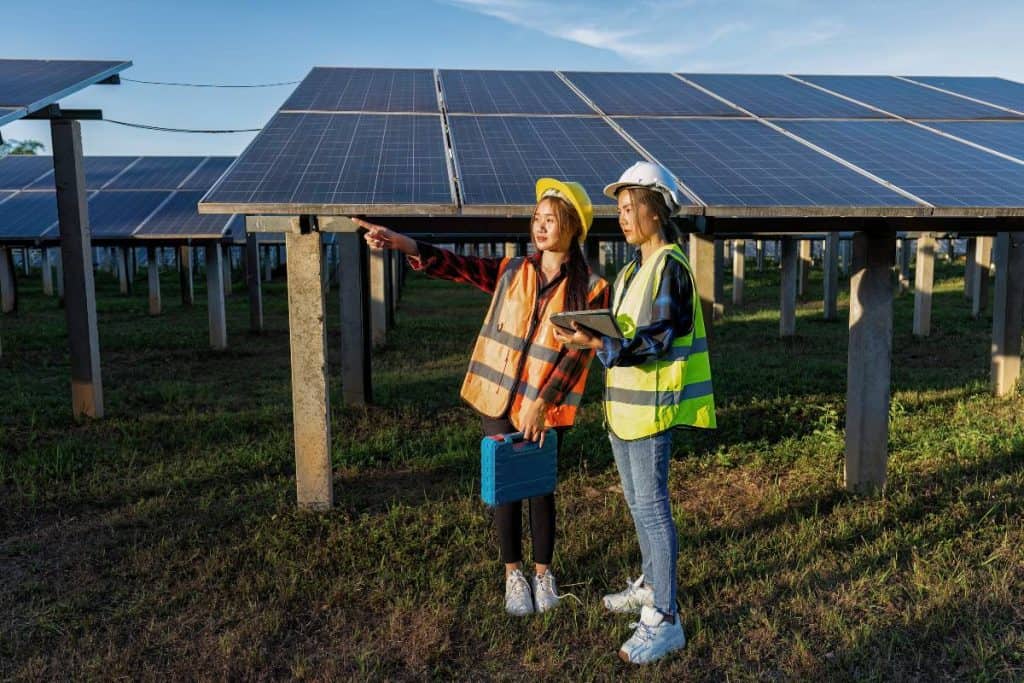
Charge Controllers
Charge controllers manage power flow between solar panels and batteries preventing overcharging/damage. Look at:
- System voltage compatibility
- Maximum solar input/load output
- Protection features like VS termination
- Remote monitoring capability
Morningstar and Victron BlueSolar make excellent charge controllers with tons of settings and data.
Inverters
Inverters convert DC from batteries into 120V/240V AC to run household electronics and devices. Compare:
- Continuous/surge power handling
- Pure vs modified sine wave output
- Safety certifications
- Warranty period
Outback Power and Krieger top my list of best off-grid power inverter options.
Installation and Wiring
Installing an off-grid system takes planning but rewarding DIY project! Follow the key steps:
- Get a permit if required
- Carefully mount panels/rack gear
- Wire up components properly
- Test fully before switching on
Safety FIRST – be diligent with electrical protections for shock/fire prevention. Isolate cables, add fuses, and install surge arrestors and breakers per code.
Spark hazards make solar risky to DIY so get professional help if needed.
Operation, Monitoring, and Maintenance
Once running, an off-grid solar system needs regular care and feeding!
- Read meters daily ensuring proper outputs
- Inspect wiring connections, mounts, and gear integrity
- Clean panels monthly avoiding cracked glass
- Check specific gravity and water battery cells
- Lubricate/inspect generator yearly
Establish a routine maintenance plan so your system stays humming!
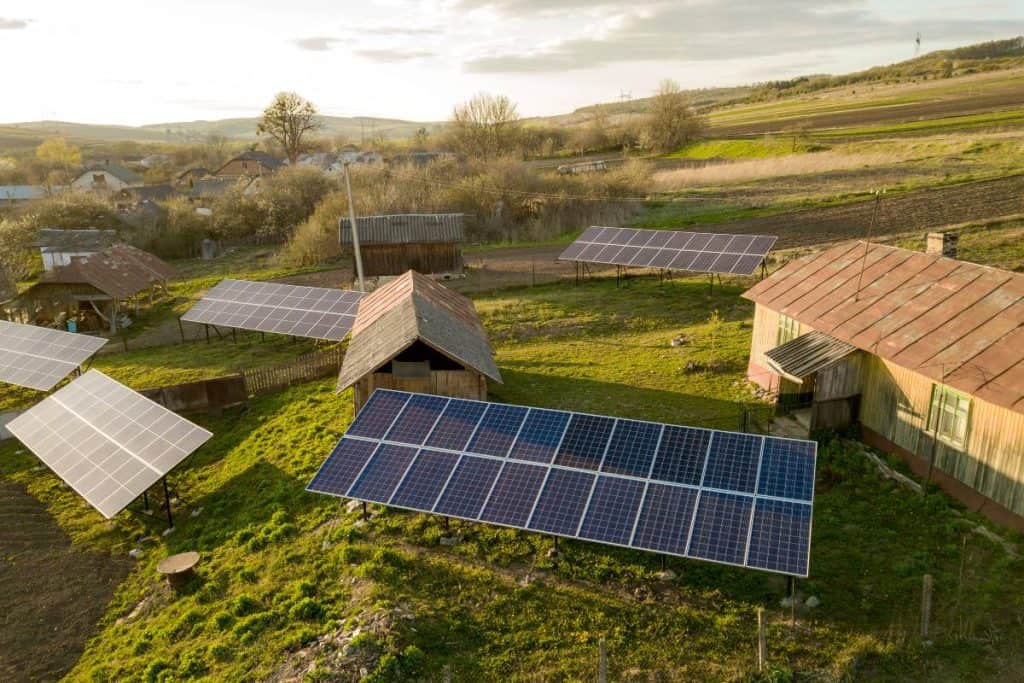
Expanding Your System
Over time, energy needs change. Kids mean more devices charging! Lucky solar panels were added modularly.
- Start system design leaving physical space for added panels
- Use charge controller, and inverter supporting capacity growth
- Gradually add panels as needed until maxed out
- To add large increments, upgrade core components
Smart planning lets your system scale up down the road!
Importance of Solar Inverters in Off-Grid Systems
An inverter plays a critical role in any off-grid solar system. While solar panels and charge controllers provide direct current (DC) power, most home devices run on alternating current (AC). The inverter:
- Converts DC electricity from batteries into AC power
- Regulates voltage and frequency for device compatibility
- Provides physical hookups like outlets to connect appliances/lights
Inverters are the gateway between stored DC supply and household AC demand.
Given this key functionality, inverter selection requires careful consideration of:
- System voltage and amps/wattage needs
- Pure vs. modified sine wave output
- Environmental protection and cooling
- Safety features and surge capacity
- Monitoring displays and management software
With robust inverter selection and setup matched to usage requirements, an off-grid solar system can supply reliable AC power to a home indefinitely.
Role of Batteries in Storing Solar Energy
Batteries are the critical energy storage mechanism enabling energy independence by:
- Storing excess solar energy not immediately used
- Releasing stored reserves when solar supply is low
- Bridging the gap between sunshine peaks/troughs
This allows continuity of electricity despite intermittent solar generation.
Battery bank sizing is, therefore, paramount – underprovisioning risks blackouts while overprovisioning adds expense. Carefully model expected loads, autonomy timeframe, depth of discharge, and days without sunlight.
Modern lithium batteries provide greater longevity, efficiency, and stability than lead-acid predecessors. But require protection for:
- Overcharging and excessive discharge
- Damage from surges or short circuits
- Overheating
Robust batteries combined with prudent sizing are imperative for uninterrupted off-grid power.
Utilizing Charge Controllers for Efficient Off-Grid Systems
Charge controllers optimize solar energy utilization by:
- Managing flow between solar panels and battery bank
- Preventing overcharging/undercharging
- Maximizing power transfer efficiency
Key functions include:
- Voltage regulation – Reducing panel output to match battery
- Power diversion – Channeling excess power to auxiliary loads
- Data monitoring – Inv sight into system functioning
Advanced controllers even provide automatic equalization charging to extend battery lifespan.
Carefully select controller capacity suitable for connected panels/batteries and utilization needs. Well-designed solar controllers maximize system efficiency and longevity.
Determining Your Energy Needs for Selecting a Kit
Choosing the right off-grid solar kit starts with analyzing your energy requirements. Key considerations include:
- Average daily load – Tally all devices, appliances, tools, etc you need to power and when used to determine total kWh consumed per day
- Future expansion plans – Will you be adding EVs, crypto mining rigs, or other large loads? Important to build in a buffer.
- Battery backup needs – How many rainy/cloudy days must system power essentials when sun availability is low? More backup days mean a larger battery bank is required.
- Location – Your regional solar window will determine how many sunlight hours are available to charge batteries and direct power devices.
With a firm grasp on current and future energy needs plus location solar viability, you can zero in on the appropriately sized system.
FAQs
How much does an off-grid solar system cost?
An average 5 kW DIY system will run $9,000-$15,000 including panels, batteries, equipment and install. Cost per watt falls $2-$4.
What size off-grid system do I need?
System size depends on your average energy use and future expansion plans. Online solar calculators can recommend wattages. Expect 1,500-4,000W for a small household.
Can I install off-grid solar panels myself?
With proper precautions, solar panels are absolutely a DIY project! But get help if you don’t feel 100% comfortable working with electrical.
How long will my solar panels and equipment last?
With routine maintenance, panels typically last 25+ years. Inverters/charge controllers average 10-15 years, batteries 5-15 years depending on type.
What if I run out of solar power?
Batteries provide stored reserves for low/no sun days. For longer duration backup, add a generator to recharge batteries during prolonged bad weather.
What is the capacity of a 10.24kWh lithium battery in an off-grid solar system?
A 10.24kWh lithium battery has a capacity of 10.24 kilowatt-hours, which indicates the amount of energy it can store and supply in an off-grid solar system.
Can off-grid solar kits be installed on the roof or on the ground?
Yes, off-grid solar kits can be installed either on the roof of a building or on the ground, depending on the available space, orientation, and sunlight exposure to maximize solar energy generation.
Conclusion
And there you have it – everything you need for a successful off-grid solar project! With smart planning and component selection, you can enjoy reliable, renewable power independence for decades to come. No utility bills, no fossil fuels – just free abundant sunshine keeping your lights on sustainably.
I hope you found this guide helpful. Here at Electrik Living, our mission is to help folks like you embrace clean energy and eco-living. So if you have ANY questions on your solar plans or want a custom recommendation on components optimized for your needs, I’m always happy to chat live!
Simply schedule a 20 consultation at your convenience and I’ll provide totally FREE advice tailored exactly for your situation.
Together, we can build an awesome DIY solar system that powers your sustainable off-grid lifestyle while securing a brighter, greener future for all. Let’s talk solar!
